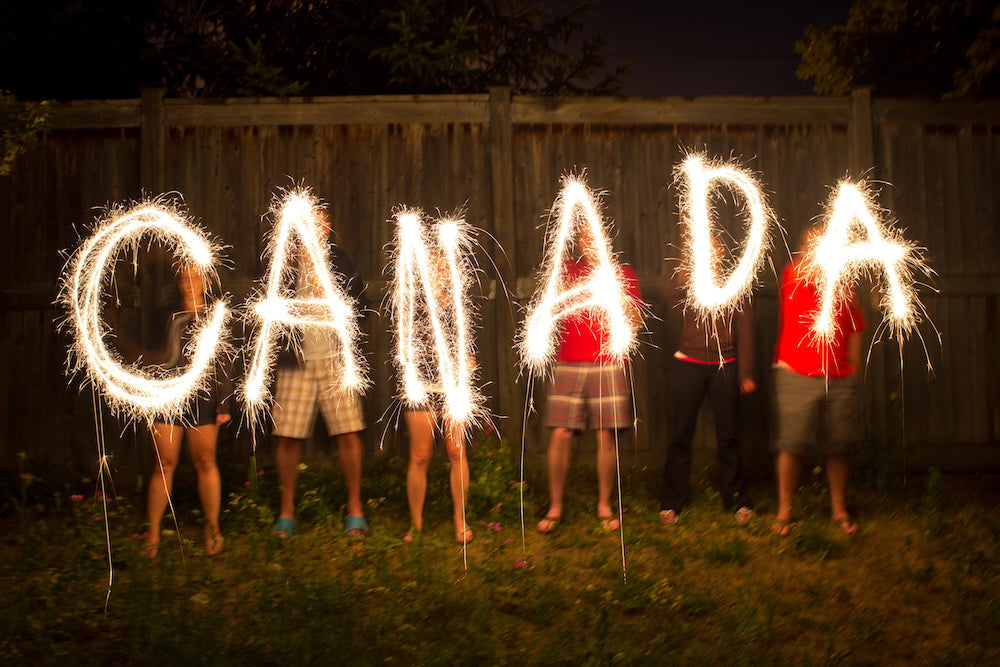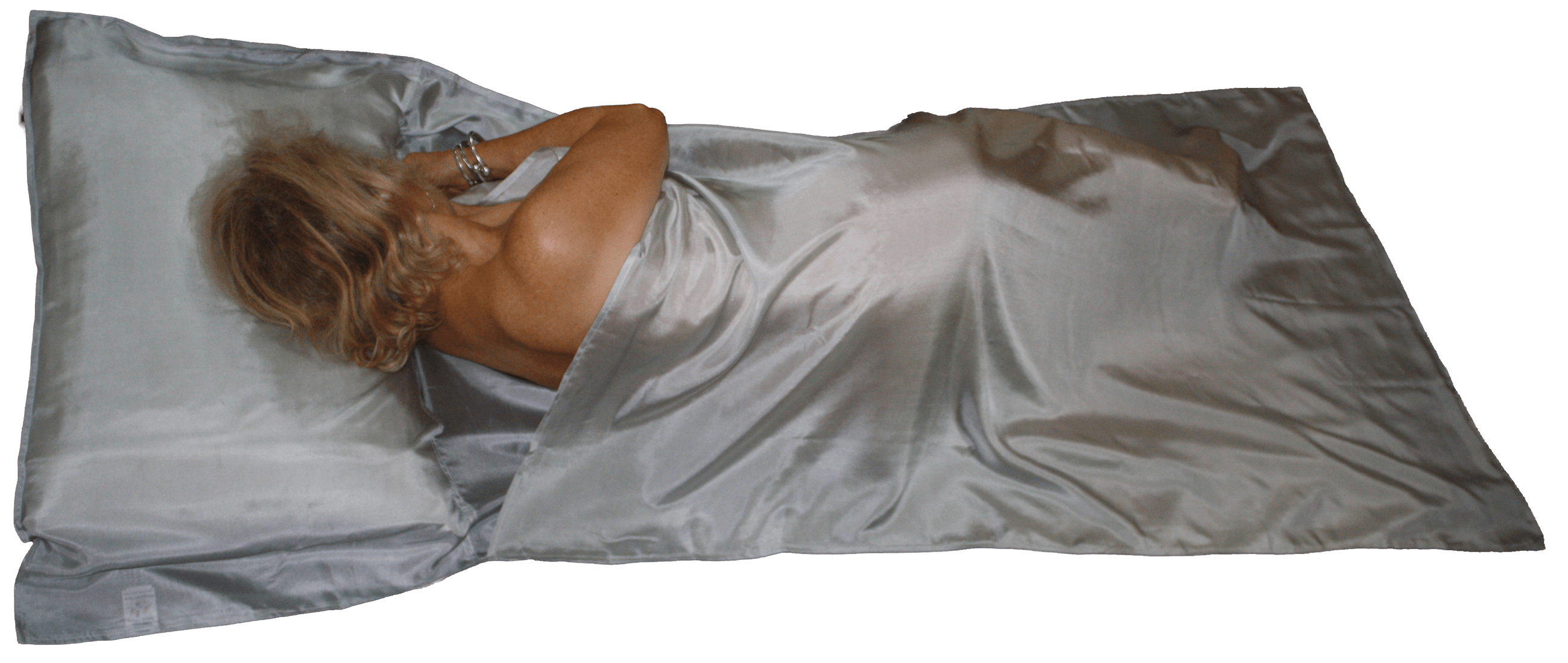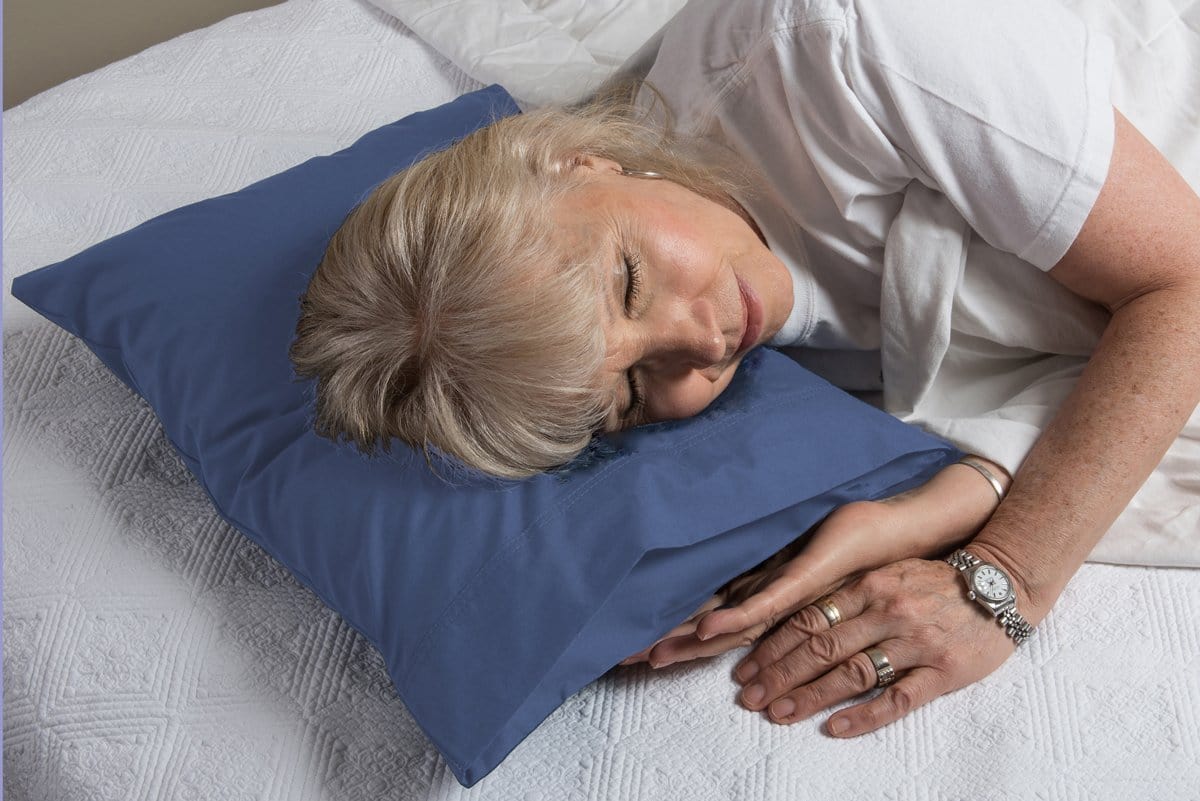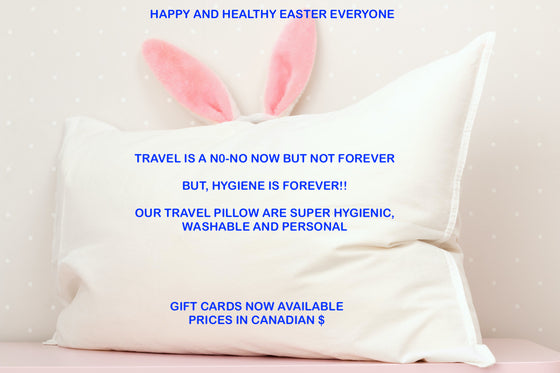Down Versus Feathers – What’s The Difference – And So What?

There is a lot of confusion with terminology as it relates to products used as natural filling in garments, bedding and, more specifically, in pillows. What’s the difference and why should you care? Well there is a very significant difference that I’ll try and explain and which will bring us to the So What aspect of this article.Both feathers and down come from birds which is about the extent of their similarity, and ducks and geese are the birds in question.
Let’s start with Down. Down is the undercoating of waterfowl. It consists of millions of light, fluffy filaments, growing from a central quill point. Down is naturally very fluffy and light and has the marvellous ability to breathe and “wick away” body moisture. Every ounce of quality down has about 2 million fluffy filaments that interlock and overlap, creating a three-dimensional structure or cluster that traps air that makes down so desirable. The ability of these filaments to trap air is called “loft”. Down continually re-lofts and molds itself to the body without clumping. Because of its resilience, you can scrunch it up or flatten it out and it will still bounce back to its original shape in order to maintain its warm and fluffy properties.

Goose clusters are generally larger than duck clusters and typically come from older, larger birds. As a result, their down tends to produce higher fill powers, be more resilient and durable than duck down. Because a duck’s diet is usually more diverse than a goose, which eats only grass, goose down also tends to have fewer odour problems than duck. This is not an issue with Pillowpacker Pillows All our down is produced by Feather Industries, the largest processor of feathers and down in Canada, and exceeds all Canadian and International cleanliness standards.
Feather Industries only buys feathers and down from farmers who follow their policies regarding the ethical treatment of animals, which include but are not limited to, no force feeding (and whenever possible, free range fed) and absolutely no live plucking. No waterfowl are ever raised solely for the harvest of their down. Using down from livestock provides farmers with an additional source of income and reduces waste. Feather Industries buy feathers and down from the Canadian Hutterites and Brome Lake Duck, the two sources of down in our down pillows.
Feather Industries uses eco-friendly processes to wash, clean and sanitize the down to the highest international standards. The by-products and cleaning agents are 100% biodegradable. The end result is a product with a much lower carbon footprint than synthetic alternatives. The adherence to these strict standards and the vigilance to ensure that these ethical policies are practiced by all partners continue to make Canadian Feather Industries one of the most respected companies in the industry.
Now what about feathers? Feathers on geese or ducks are the outer covering of the bird. They have quills, repel water, and make it possible for the animal to fly but have little loft compared to down. Rather than forming clusters they are basically a relatively straight structure with few of the benefits of down.
Finally: So What? Why should you care? For one thing you want to be assured that what is claimed to be in your product actually IS in it. You want and need assurance that you are getting what you pay for! Mostly people who have allergies express concern about down and worry that down will affect their allergies. Most of the time, any allergic reaction to down bedding is usually due to impurities trapped in the down, not the down itself. Our down has been prepared to the highest standards and is deemed to be hypoallergenic, which means that it has been specially cleaned and processed to screen out impurities. However, those who suffer from avian allergies may opt for a microfibre pillow because of the bacteria- and mildew-inhibiting and hypoallergenic properties of the manufactured fibres.
At Pillowpacker Pillows we spend a lot of time worrying about details so that you do not have to. Our website has many articles related to down (and microfibre) that will go a long way to helping you decide what product is best for you. As a starting point follow this link and browse further at your own pace: https://www.pillowpackers.com/blogs/more-information/57857347-more-about-our-down
Leave a comment
Comments will be approved before showing up.
Also in Blog

Canada Day Comfort with a Made in Canada Inflatable Pillow
Celebrate Canada Day in comfort with Canadian-made travel pillows. Whether you're road-tripping or cottage-bound, our inflatable pillows—available in down and down-free options—offer packable, made-in-Canada support for every adventure.

Summer Solstice Travel Tips for Comfort – Pillowpacker Pillows
Down-Alternative Travel Pillow and White Down Blend Pillow keep you comfy during solstice adventures. Travel tips to celebrate the longest day in style.

Top 5 Father’s Day Gifts for Travel-Loving Dads | Pillowpacker
Still stumped for Father's Day gift ideas? Start with what brings your dad comfort. Whether it’s travel pillows designed for true rest or gadgets that make life on the go a little easier, these gifts show thoughtfulness without overcomplicating things.
This Father’s Day, skip the socks. Give Dad something he’ll actually use—and enjoy.






